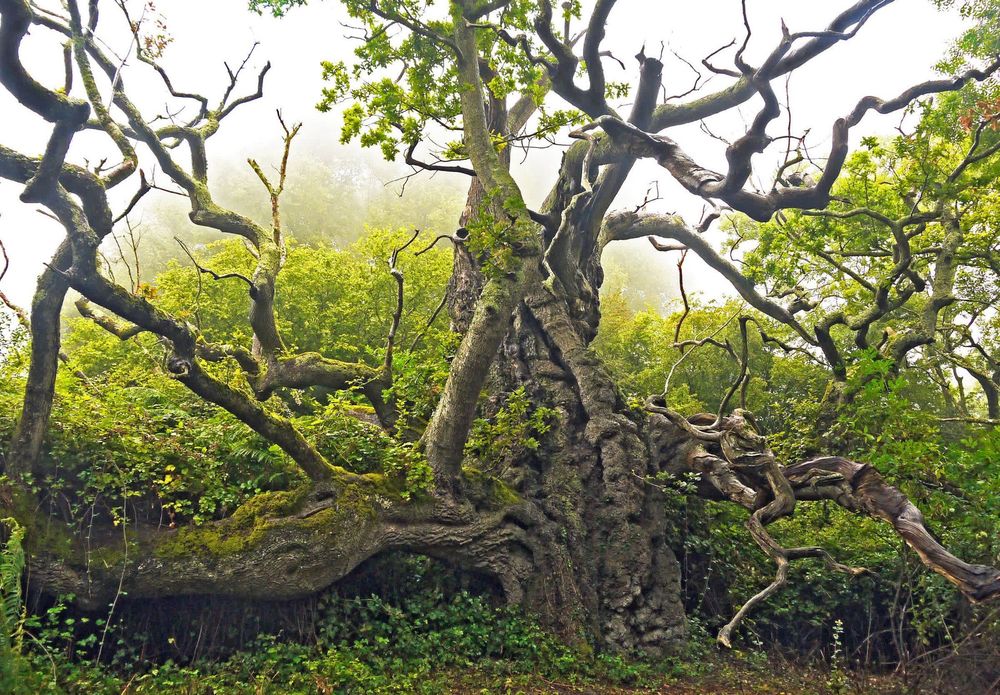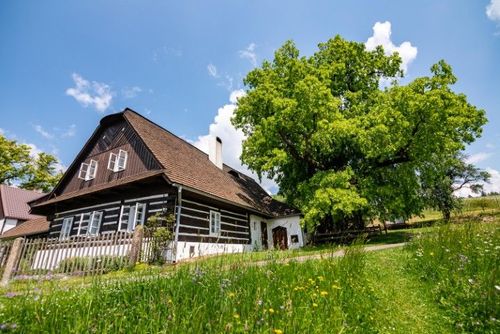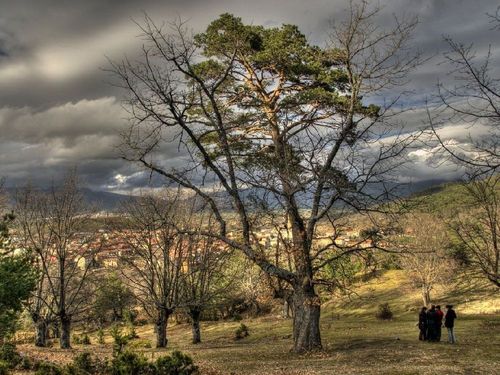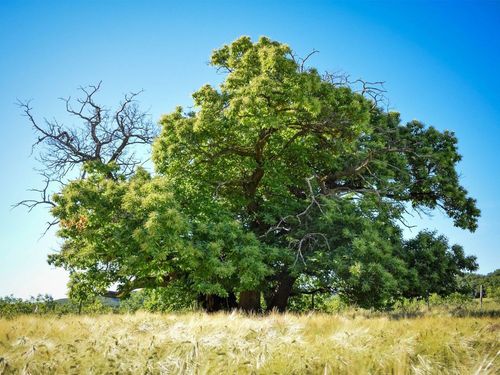Helping trees in need - it's easy as A, B, C
11/22/2018 | Kaye Brennan, Woodland Trust

Look up. Can you see the trees? If you are in Europe, you will have more trees to see than in the UK, which has less than 15% woodland cover. And even with such low coverage, protection for our trees and woods is limited. While development should be refused if it threatens to impact precious habitats, including our oldest trees, planning regulations and other rules designed to keep them from unnecessary harm are not always enforced.
There is no shortage of love for trees in the UK, perhaps most clearly demonstrated in 2011 through the huge public outcry against proposed mass disposals of publicly owned forests by the then-Government. Across the UK people mobilised and swiftly shut down the plans. But in reality little has changed since then: trees continue to be felled and taken for granted. Trees and woods continue to suffer disease and struggle against bad management and pollution. How to ensure that the value of trees and woods could be properly understood and respected, so there would be no need to rush to their rescue in future?
It took 3 years, 70 organisations and thousands of voices to develop an answer, which began with the Magna Carta. This ancient, world-famous text led to the formation in 1217 of a ‘Charter Of the Forests’ that laid out the rights the people had to the benefits of what were then the King’s forests. Eight centuries later a ‘Charter for Trees, Woods and People’ was unveiled as a modern-day take on the rights and benefits trees and woodland provide, and our responsibilities towards maintaining and supporting them.
It took 3 years, 70 organisations and thousands of voices to develop an answer, which began with the Magna Carta. This ancient, world-famous text led to the formation in 1217 of a ‘Charter Of the Forests’ that laid out the rights the people had to the benefits of what were then the King’s forests. Eight centuries later a ‘Charter for Trees, Woods and People’ was unveiled as a modern-day take on the rights and benefits trees and woodland provide, and our responsibilities towards maintaining and supporting them.

The 2017 charter started at the grassroots, woven from 60,000 stories and memories shared by people from all walks of life. Those stories uncovered themes which developed into 10 Principles. Each of these have been underpinned by research and agreed by experts, academics and campaigners. They were backed by hundreds of organisations, and so far over 130,000 people have signed in support.
Each Principle seeks to articulate the relationship between people and trees in the 21st century.
Each Principle seeks to articulate the relationship between people and trees in the 21st century.
- Nature: sustain landscapes rich in wildlife
- Planting: plant for the future
- Arts and heritage: celebrate the power of trees to inspire
- Health and wellbeing: recover health, hope and wellbeing with the help of trees
- Protection: protect irreplaceable trees and woods
- Planning: plan greener local landscapes
- Utility and livelihoods: grow forests of opportunity and innovation
- Coping with threats: combat threats to our habitats
- People and access to trees: make trees accessible to all
- Environment: strengthen our landscape with trees
To commemorate the charter’s unveiling in November 2017, 800 saplings were planted across the UK by communities and schools to symbolise progress, inspiration and hope. In addition eleven ‘Principle Poles’ of solid oak have been installed across the country as physical legacies to help keep the charter Principles in mind and in the landscape. Hand-carved words and images from each Principle spiral across each pole, with a ‘champion’ pole representing the charter overall. Each pole was sculpted from a tree from the Crown Estate, using timber thinned from the forest in order to help it thrive.
It’s taken 800 years for us to acknowledge the debt people owe to trees, and to establish a new accord between us. The Charter for Trees, Woods and People offers a new approach to ensuring the role trees and woods play in our lives could be more visible, and will be realized in decision-making, policy and practice across the UK. The challenge now is to bring it to life! Otherwise it will only ever exist on paper, or pole.
It’s taken 800 years for us to acknowledge the debt people owe to trees, and to establish a new accord between us. The Charter for Trees, Woods and People offers a new approach to ensuring the role trees and woods play in our lives could be more visible, and will be realized in decision-making, policy and practice across the UK. The challenge now is to bring it to life! Otherwise it will only ever exist on paper, or pole.

So when you sit on a bench, buy a handmade wooden bowl, put charcoal on your BBQ, make hedgerow jam, or snatch a nap in the shade…you are exercising your rights to the benefits woods and trees provide. But we need a shift in attitudes, behaviour and choices to move the principles into the fabric of society. How we all think about trees, include them in our lives, and defend and care for them, will bring the charter to life.
Tree lovers across Europe can read the charter, get ideas to help embed its principles into society, and sign to show support: www.treecharter.uk/sign
Tree lovers across Europe can read the charter, get ideas to help embed its principles into society, and sign to show support: www.treecharter.uk/sign
Share


